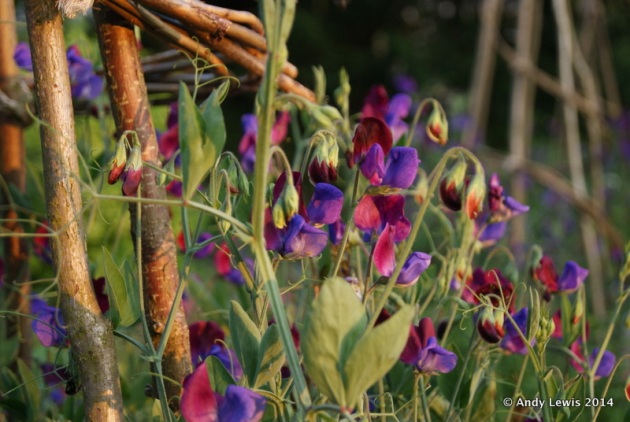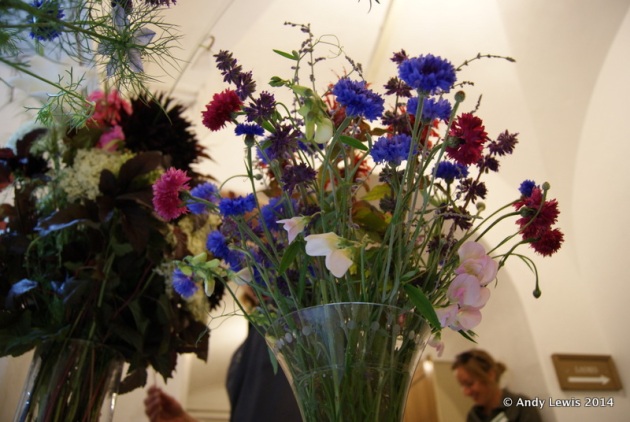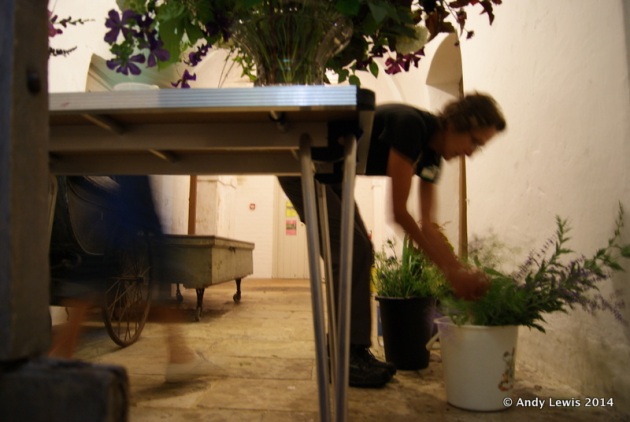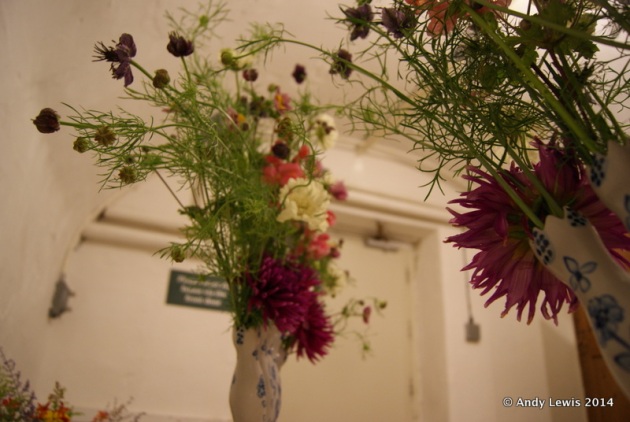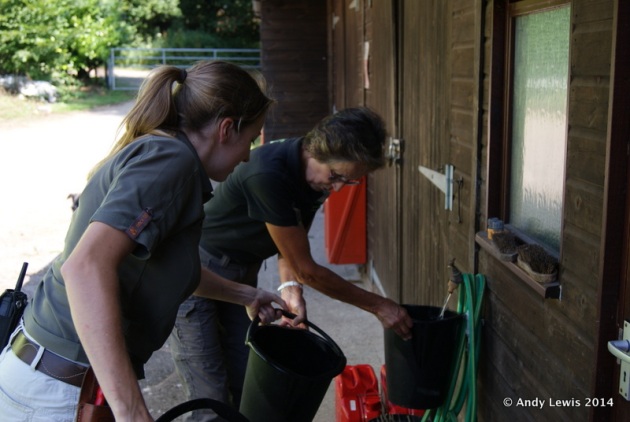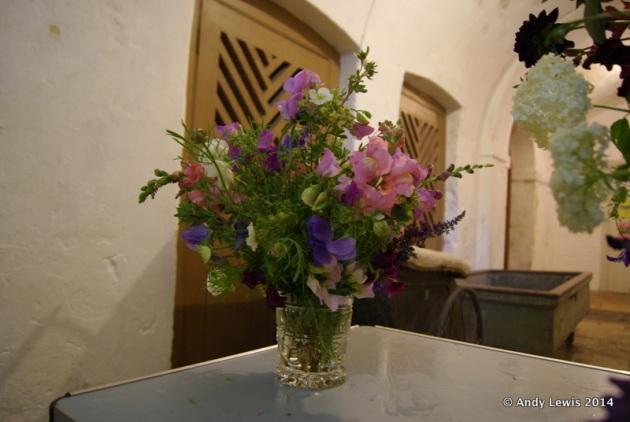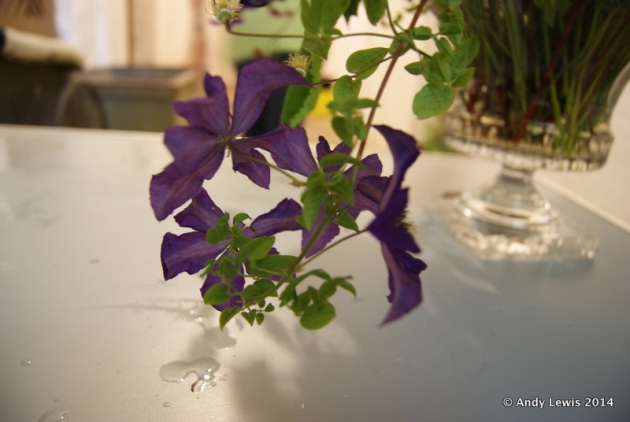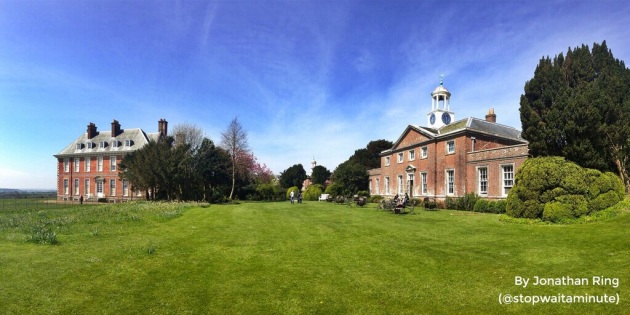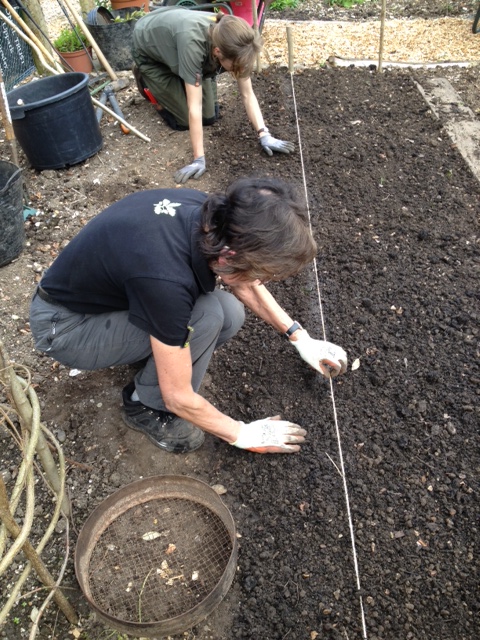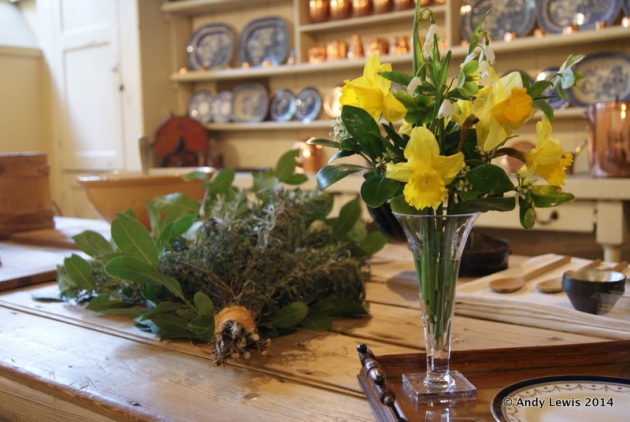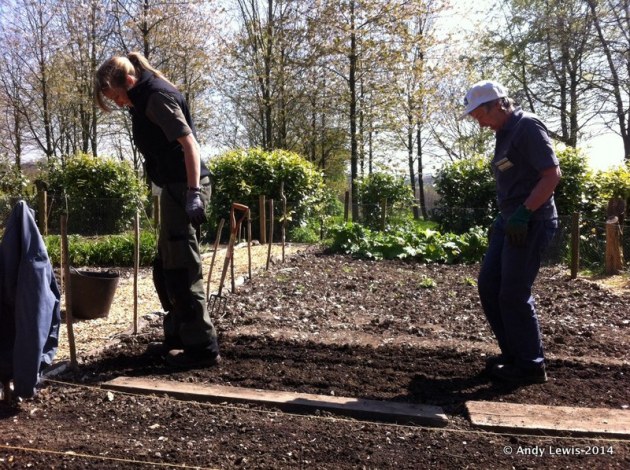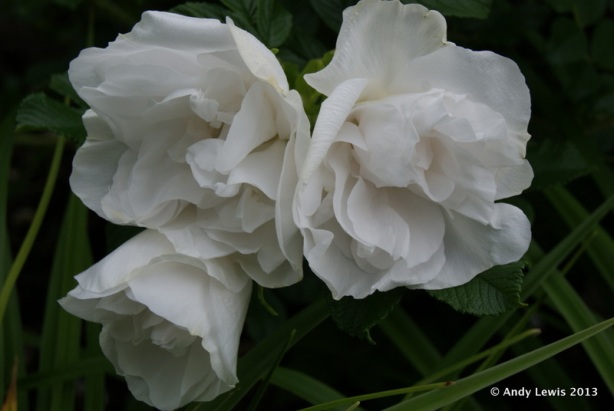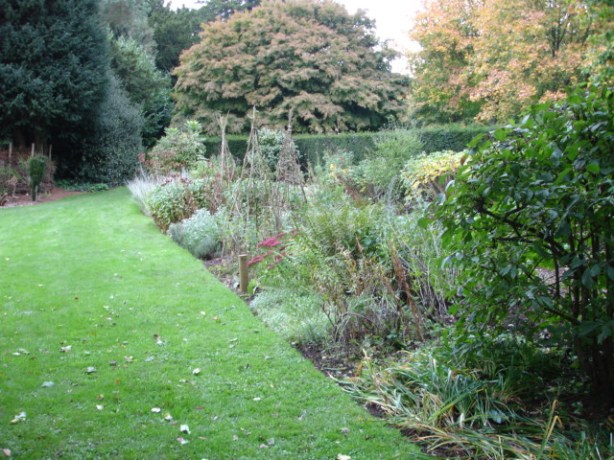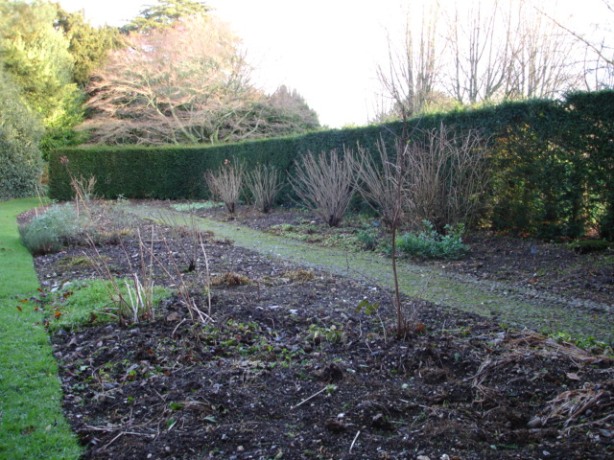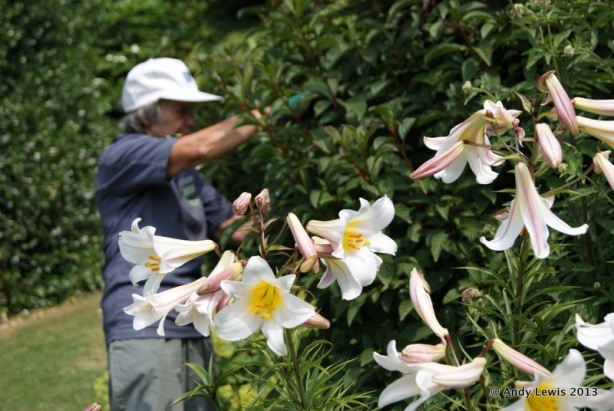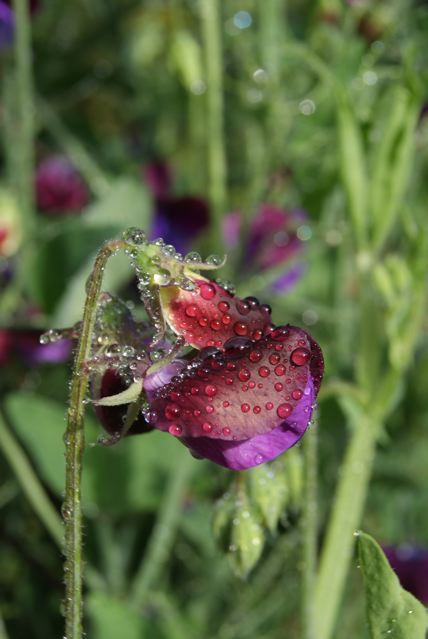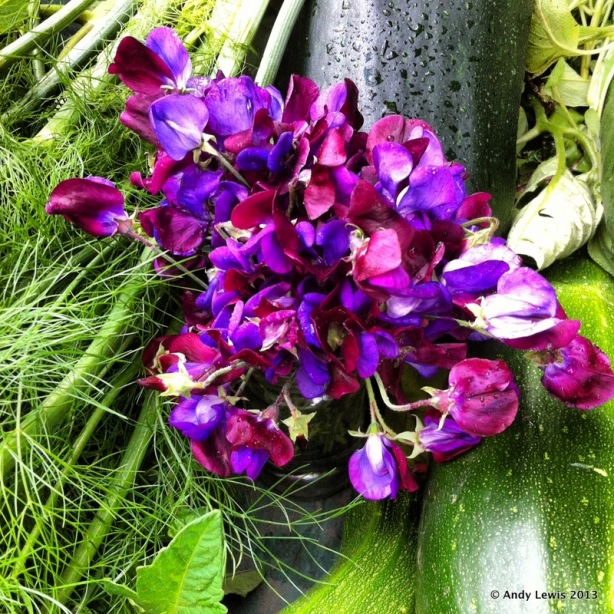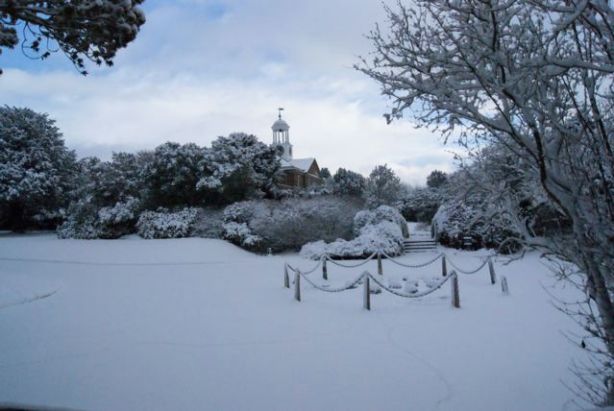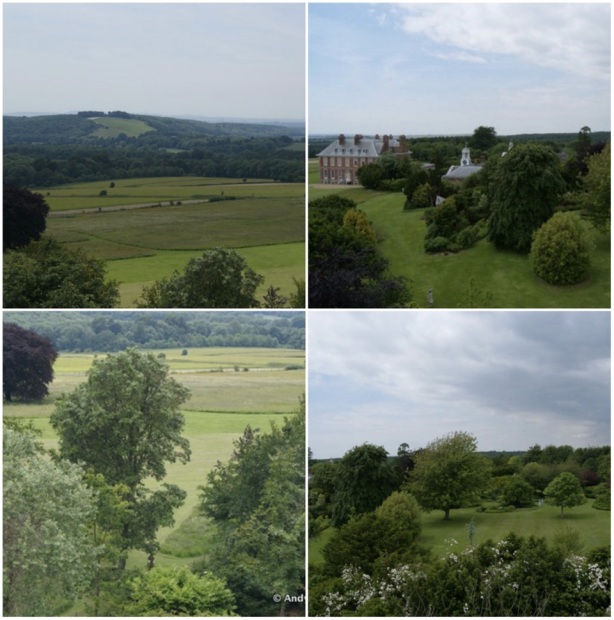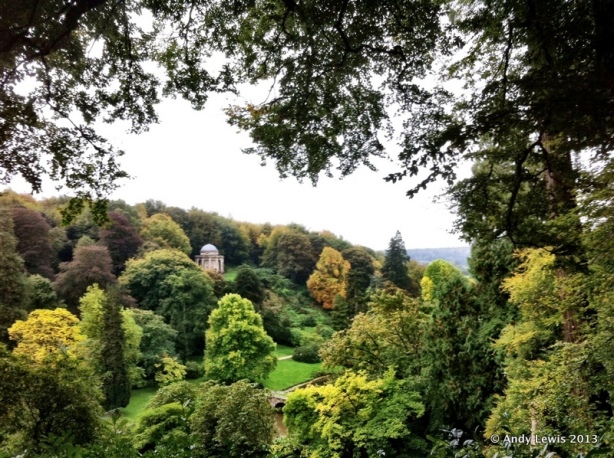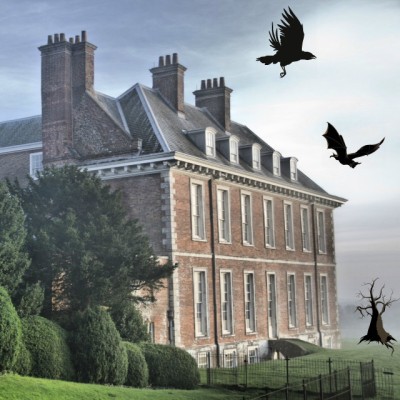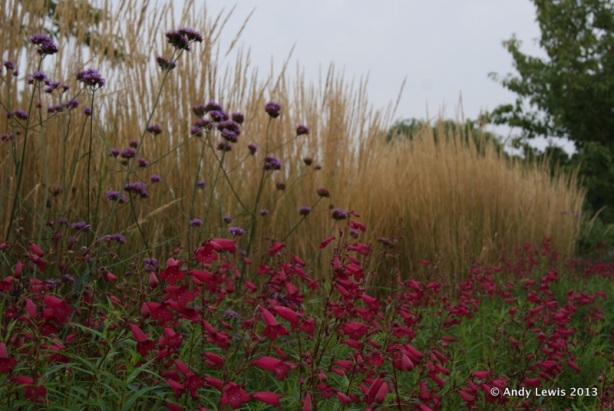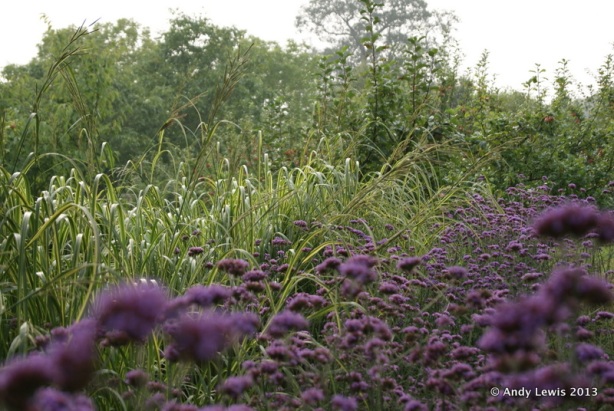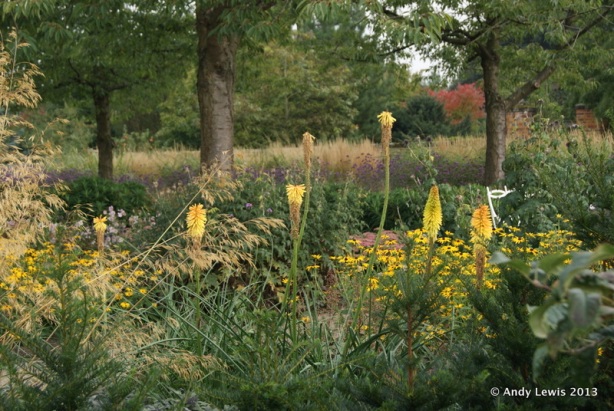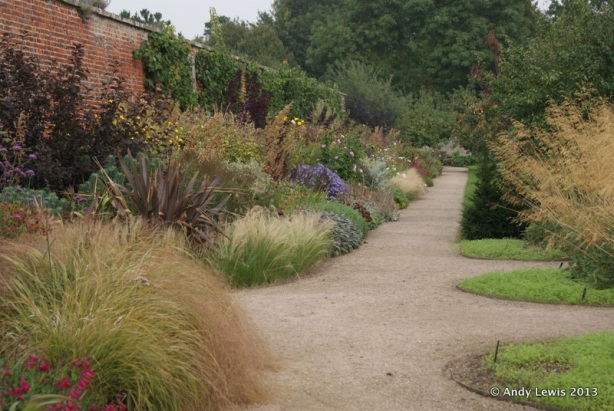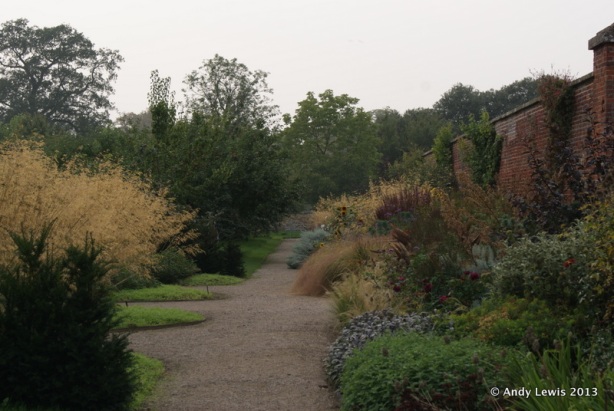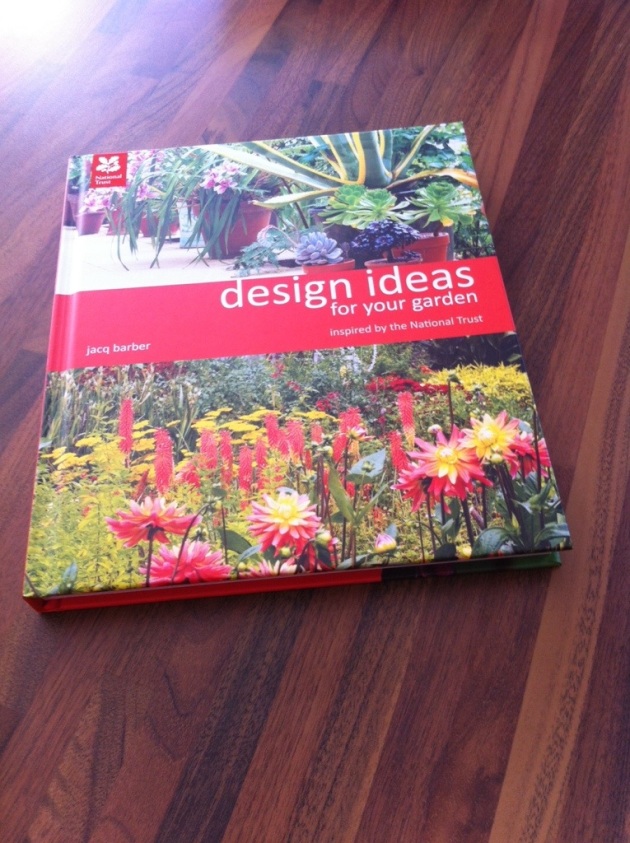Photography: Tristan Beard
Tag Archives: assistant gardener
2014: A photographic review of Uppark garden
The Return of the Underground Flower Dwellers
Those Underground Flower Dwellers are back…
Sweet pea ‘Cupani’ in the scented garden, flowering in the evening light.
Volunteer cut flower taster day run by Assistant Gardener Jenny Swatton with help from Judy and Susie.
Thanks to Nikki, Ruth and Angie for attending and for your fabulous work!
If you’d like to join our cut flower group get in touch, call the garden office on 01730 826940 and ask to speak to either Andy or Jenny.
Judy and Angie worked on this beautiful arrangement, see it in Uppark house from Sunday.
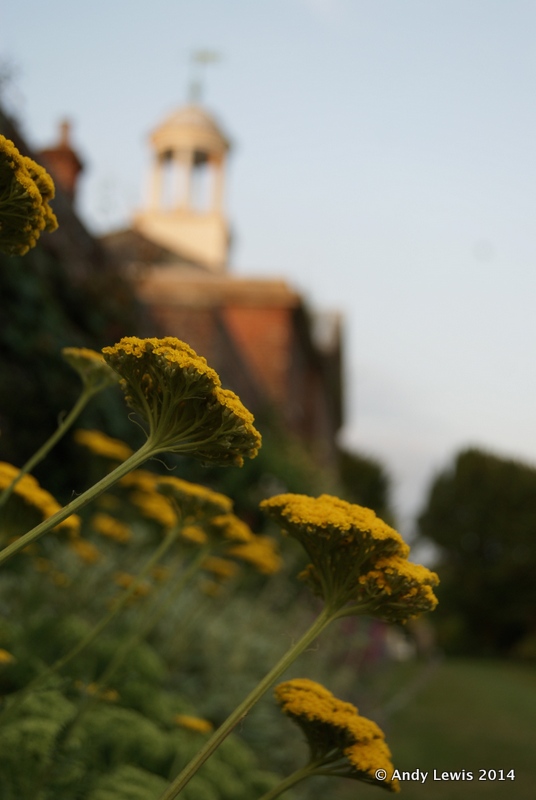 Achillea filipendulina ‘Cloth of Gold’ flowering in the evening light along the dairy bank
Achillea filipendulina ‘Cloth of Gold’ flowering in the evening light along the dairy bank
The Cutting Garden Diaries
Uppark House and East Pavilion taken by recent visitor, Jonathan Ring.
One of the Uppark garden team’s newest ventures is a Cut Flower Garden where we’re growing flowers to cut and display in the house. The cutting garden is a project that has been gaining momentum since summer 2013 and in the last few months it has really taken off.
Above, Judy and Jenny Swatton sowing seeds for cut flowers in Uppark House (image Michael Weldon)
We are now looking to recruit some volunteers to help us cut and arrange the flowers each month, but first a peek at what we’ve been up to:
February
One of our first tasks was to decide what to grow in the cutting garden. Judy and I had already met with Sarah, House Manager at Uppark to find out what sort of cut flowers would be historically appropriate for display in the house. The meeting left us full of enthusiasm and with a very long list of potential plants to grow.
It proved to be more difficult than expected to work out what not to grow, but in the end we were fairly ruthless. For 2014 we decided to concentrate on annuals, especially hardy annuals which can be sown directly in the ground, among our selections were Nigella damascena (Love-in-a-Mist)and Helianthus annus (Sunflower). We also chose a few perennials which Sarah was really keen to have in the house because of their historical significance. These included Convallaria majalis (Lily of the Valley) and Campanula Pyramidalis (Bellflower).
We duly ordered our seeds and bulbs and then we waited….
March
A few weeks later, on a bleak and rainy day, a box was delivered to the garden office. It turned out to be full of tiny rhizomes of Convallaria majalis (Lily of the Valley). We set about potting one third of the rhizomes, which we hope to display in pots in the house. Judy and Joy planted the remaining two thirds of the rhizomes in the cutting garden. Once the rhizomes are established we should have plenty of beautifully scented Lily of the Valley to cut for the house.
Not long after the box full of rhizomes, another exciting package arrived, this time full of seed packets. Over the next week or two, Judy, Joy, Rae and I spent some time in the Glasshouse at Alitex sowing seeds to try and get a bit of a head start before the ground warmed up enough for outside sowing. We sowed Antirrhinum ‘Sonnet White’, Antirrhinum ‘Rocket Mix’, Helianthus ‘Sunbright’, and Lathyrus odoratus ‘Mammoth Mixed’. As the weather improved and the seeds started to germinate we started to prepare the ground in the cutting garden, including building a slightly eccentric sweet pea support nick-named ‘The Taj Mahal’.
At the end of March we created our first floral arrangements for the Mother’s Day Flowers event. Although we didn’t have flowers ready in the cutting garden, it was amazing how many flowers, foliage and branches were available in the garden and woodland so early in the year. Judy, Susie and I had a great day working in the tunnels to create a dozen arrangements for the house. On the morning of Mothering Sunday Sarah and I placed the arrangements in the house and had a chance to admire the effect. It was really rewarding to receive some lovely comments from volunteers and visitors alike, and we couldn’t wait to get sowing outside so that our future arrangements would be composed of flowers we had grown specifically for the house.
Above, Jenny Swatton’s Still Room display in Uppark House for Mother’s Day
April
With the arrival of April we’ve had some beautiful warm weather and have finally been able to get sowing outside. Last week Judy and I prepared our first seedbed in the cutting garden, digging, raking, forking some organic matter, shuffling over the soil to consolidate it and then raking again. We then made drills and sowed our Consolida ‘Sublime Azure Blue’ (Larkspur) seeds.
This week Liz and I have been doing a bit more seed bed preparation and sowed Nigella ‘Miss Jekyll’ and Nigella ‘Midnight Blue’ which should be flowering by August. As it’s our first year of cut flower production, there is certainly a bit of trial and error involved and we’re already talking about what we would like to do next year, including sowing some of the hardy annuals in autumn so that we have flowers ready earlier in the year in 2015.
Above, Jenny Swatton and Liz preparing the seed bed by lightly firming the soil.
In other April news, Judy and I spent Good Friday afternoon arranging a few flowers for the house for Easter Sunday and Monday. After Easter, the next time we are planning to have flowers in the house is the end of May.
Get Involved
At the moment we are looking for a few more volunteers to get involved with the cut flower project, particularly the cutting and arranging of flowers and foliage for the house. This year we are aiming to have flower arrangements in the house once a month and so would be looking for people who could commit to one day a month, typically a Friday.
If you are interested, please get in touch (click here) or e-mail uppark@nationaltrust.org.uk .
Lancelot, Humphry and Me
Over the last couple of days the garden team have enjoyed a bit of sunshine. So, instead of scurrying across the garden with our heads down and hoods up, we’ve been able to appreciate the spectacular views framed by the garden.
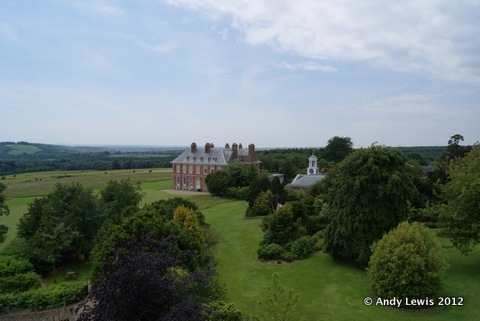
As I wrote in my last blog, a key feature of Lancelot ‘Capability’ Brown’s work at Uppark the late 18th century was the creation of carefully orchestrated views for the garden’s users to explore and enjoy. However, the story of Uppark Garden does not end with Capability Brown. In this blog post I’m going to explore the period from the 1790s onward, and particularly the work of Humphry Repton, which is the basis for much of our current restoration work.
1790s – 1820s
After Sir Matthew Featherstonhaugh’s death in 1774 and Brown’s subsequent death in 1783, the new pairing of Sir Harry Featherstonhaugh and landscape gardener Humphry Repton, heralded a second major change in the layout of the garden. It seems likely that a series of circuit paths date from this period. We have found traces of these paths in the garden and during the summer of 2013, archaeology students Sam (below left) and Jack (below right) carried out some excavations.
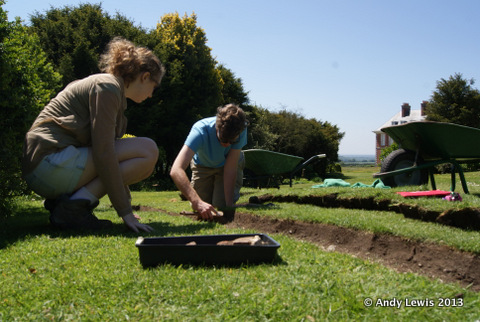
Repton is often referred to as Brown’s successor. However, Repton’s designs were often less natural than Brown’s and included the sort of garden features which might have been seen in Rococo gardens. An example of this type of feature at Uppark is the Coade Urn on the mound.
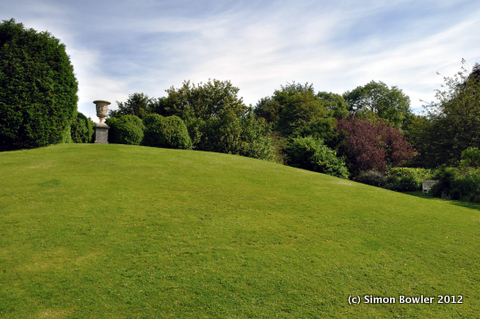
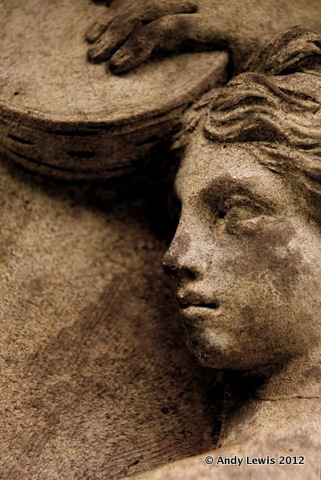
Repton’s work at Uppark also included the Portico and new north drive. Plans for the new north entrance to the house are shown in the ‘Red Book’ of Repton’s designs for Uppark. Intriguingly plans for other features which may not have been built included an informal Cottage Garden and a formal Rose Garden. What does seem tantalisingly evident from Repton’s correspondence with Sir Harry Featherstonhaugh is that there would have been flower gardens at Uppark.
Repton’s work at Uppark, while not fully understood, is regarded as the most significant phase in the history of the garden. This is why the section of border former Assistant Gardener Jo designed has been restored to the period 1810-1830.
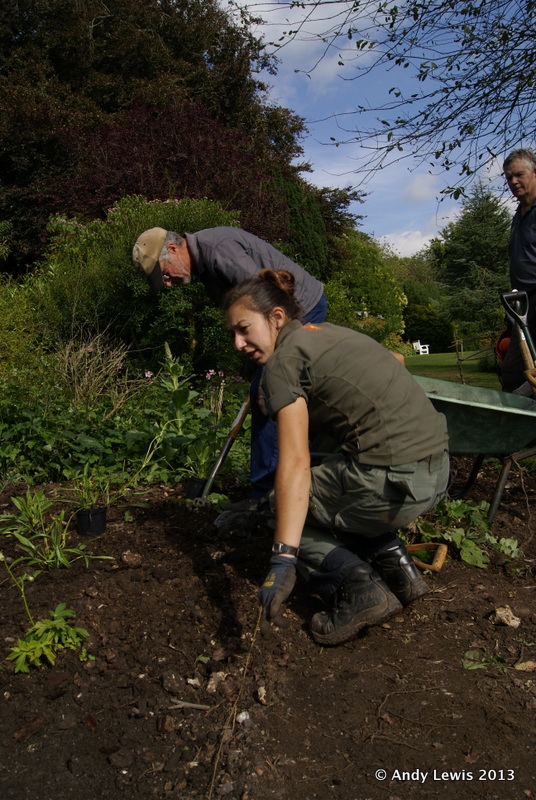
Jo supervising the planting in September 2013
Later 1800s
After Repton’s alterations at Uppark, it seems that the garden did still undergo change. Inevitably older plantings grew substantially over the years and new planting was also added. A Country Life photograph from 1910 shows bedding in front of the East Pavilion which Dr Sarah Rutherford has identified as ‘typical of mid-late C19 schemes’.
1900s
By the time the National Trust received the garden in 1954 most of the 19th Century path system shown in the 1873 OS map had vanished. The ‘Island Beds’ in the area north of the East Pavilion were added between 1991 and 2005 to add interest to a garden that had originally been ‘simplified’, an unfortunate reflection of the limited resources available at the time.
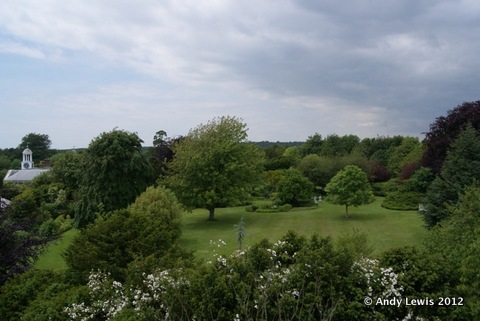
There are a lot of things that we can’t know for certain about the history of Uppark Garden. There has been a gradual change in the structure and use of the garden over three centuries, glimpses of which we see in the garden today.
In some areas, the garden team have been working to restore the 1810-1830s character of the garden. In the last few weeks we have begun to work on the next 20m section of the border which sweeps round inside the garden wall, following on from Jo’s work last year. We plan to complete the preparation of the area and the design work in time to plant in the early autumn.
However, just because we are restoring some areas to one short period in the garden’s history, does not mean that the earlier or later phases in the garden should be seen as insignificant. The garden is now enjoyed by many more people than at any other point in its life, and consciously or not, what we enjoy now is the result of centuries of change, and we’re not finished yet!
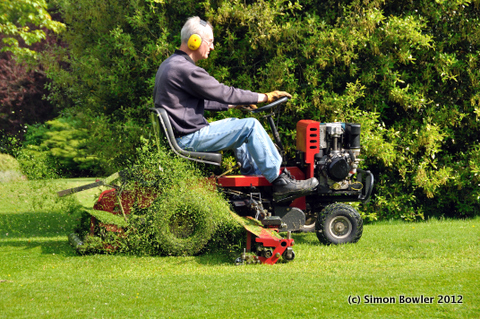
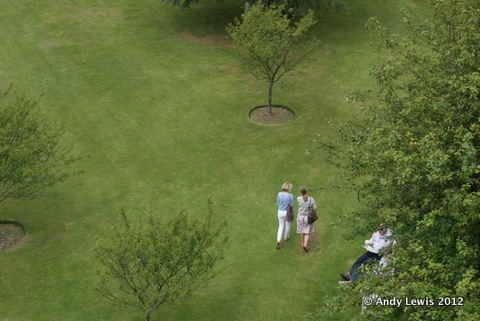
Heaven Scent
A revamp of the Scented Garden is one of the many exciting plans we have for the garden at Uppark for 2014. Especially exciting for me, as I’m the lucky one who’s been asked to come up with ideas for the new planting.
For anyone who doesn’t know the Scented Garden, it’s an intimate space measuring about 24m x 16m (roughly 80ft x 50ft), enclosed by yew hedging on one side and a flint wall on the other. Located near to the house, the space is surrounded by tall trees – mainly old yews and the Norway maples that line the Drive. This adds to the ‘secret hideaway’ feel of the garden but also presents some challenges in terms of plant selection.
We’re refreshing the planting in two 19m (roughly 62ft) long beds that run north-south behind the yew hedge. Those who already know the Scented Garden will be pleased to hear that we’re keeping the best of the existing planting. Staying are the rugosa roses (the white Rosa ‘Blanche Double de Coubert’ and the crimson-purple R. ‘Roseraie de l’Hay’), the striped pink Bourbon rose, R. ‘Ferdinand Pichard’, and the white regale lilies (Lilium regale ‘Album’).
We’ll also be growing the deliciously scented sweet pea ‘Cupani’ (Lathyrus odoratus ‘Cupani’) again this year.
Our plan is to increase the sense of harmony in the Scented Garden through the planting design, introduce more scented plants, and improve the historical relevance of this part of the garden. This fits well with other interesting work underway rediscovering the garden’s history, our restoration work, Gothick seat, circuit paths and our Garden Conservation Statement.
A rose garden?
So what do we know about the history of the Scented Garden? Maps from the late nineteenth century show a small garden in this same location with paths leading south to the house forecourt and the dairy just as there are today. This may well have been the site of a formal rose garden.
Rose gardens were a typical feature of the later work of Humphry Repton, the great English landscape designer whose designs shaped the gardens and exterior of the house at Uppark in the early nineteenth century. Repton’s suggestions for Uppark included an 1812 design for a rose garden with a pergola.
We don’t know for sure whether Repton’s design for a rose garden at Uppark was ever realised. However, a surviving pebble path with angled ends in the Scented Garden is a good match for the footprint of Repton’s proposed rose pergola. And the nineteenth century maps show the position of the pebble path with a curved garden to the west – again a good match for Repton’s rose garden design.
Coming up roses
Taking the lead from the garden’s history, we’ve decided to base the new planting design on old roses. The roses will be planted alongside herbaceous perennials and aromatic shrubs such as rosemary and lavender, with some bulbs and annuals providing flashes of seasonal interest.
I love roses! And here on the Sussex/Hampshire border, we don’t have to look far for inspiration on imaginative ways to design with them. The world famous Rose Garden at Mottisfont, created in the early 1970s by Graham Stuart Thomas, provides a masterclass in mixing old roses with herbaceous perennials. And at Hinton Ampner, roses feature throughout the beautiful gardens as well as taking centre stage in the Rose Garden which was replanted in 2005 with over 45 old and new varieties.
So we’ve considered the Scented Garden’s history, chosen old roses as our motif, and looked to nearby gardens for inspiration. Now we’re finalising the plant list and working on the planting plan; I’ll share both in my next blog. In the meantime, we hope you’ll enjoy exploring these and other developments in the garden when we reopen in March.
Winding Back the Clock
The clock tower in winter
My first three months as Assistant Gardener at Uppark have flown by. Although I had some idea of what I was getting myself into I’m amazed at the variety of tasks and projects that I’ve become involved in.
One of the more unexpected jobs that the garden team take care of is winding the clock at the top of the East Pavilion. Jo, Alan and Rae have all helped initiate me in the routine maintenance of the clock mechanism. This is a weekly ritual that must have taken place since the 1750s (albeit with occasional gaps) While winding away (it’s easier if you’re a bit distracted) it occurred to me that the clock had chimed its way through centuries of change in the garden.
I’ve become fascinated by what the garden at Uppark was like in the past and how it has evolved over the centuries. Although I sadly can’t hop in a time machine, I’ve really enjoyed learning about the history of the garden by going on tours given by David, Julian and Bob, and by reading up as much as I can (particularly the Garden Conservation Statement by Dr Sarah Rutherford). While I’m definitely not an expert on garden history, this is what I’ve found out so far:
1703
The earliest known image of the garden shows a very structured and formal layout. While we don’t know how accurately the image represents the garden at the time, it is typical of gardens of the era, which were influenced by the formal royal gardens in France.
While there is little trace of this layout, it is a tantalising thought that some evidence of this layout (particularly the East Drive) may still exist beneath the present garden.
1720s– 1730s
While we don’t have much information about what was going on in the garden at Uppark at this time, there was a gradual transition towards a Classical Arcadian style of gardening. This meant informal pleasure grounds which highlighted and manipulated ‘nature’ and featured increasing numbers of classical references.
An image that we do have from this period suggests a mixture of formality and informality. There are straight avenues, but little to suggest the rigid square layout of Kip’s 1703 print. You can see this print in the ‘flower room’ in the house.
1740s
In the 1740s and into the 1750s, Rococo gardens featured Classical, Gothic, and Chinese influences to form complex gardens which could be ‘read’ like paintings or literature. They often featured a circular route so that different features of the garden were gradually revealed.
Again, there seems little to suggest this kind of garden at Uppark. A sale document from 1746 has been interpreted by Dr Sarah Rutherford to show: “Rectangular garden north of house, mount in pleasure ground to north-east of this, apsidal boundary to north flanked by woodland.”
It is certainly different to the garden we see now, although features like the mound are visible.
1750s – 1780s
After Sir Matthew Featherstonhaugh bought Uppark in 1746, significant changes were made to the garden by Lancelot ‘Capability’ Brown.
Generally Brown is known for his ‘natural’ style of landscaping (in contrast to the more flamboyant Rococo style) and for creating large aesthetically pleasing parklands.
However, Uppark does not seem to have had a parkland. Dr Rutherford has described Uppark as:
“an unusual example of a discrete Brown pleasure ground designed in isolation from a large park design.”
It is striking from the plan that the boundary line of the garden seems similar to the current flint boundary wall. The big mound (near the current golden gates) and the smaller mound (currently the site of the Gothick Seat) are visible. There’s also a suggestion of ‘paths meandering’ through the pleasure grounds.
While Uppark was not Brown’s biggest commission, it seems that he would have employed the same techniques he used on larger projects. This would have included creating carefully orchestrated views for the garden’s users to explore and enjoy.
I’ve scratched the surface of the fascinating garden history of Uppark. In my next post I’ll explore the more recent developments in the garden.
Nature’s Fireworks at Stourhead
The garden team travelled to Stourhead on 19 October to see the Autumn colour and to learn about this ‘living work of art’. We were blessed with some beautiful weather and on occasions, the sun emerged to light the arboreal autumn fireworks. Assistant Head Gardener, Penny was our guide and she provided a wonderful insight into the management of this spectacular landscape.
 Below, Penny took us to see some really interesting projects; Here she’s talking to us in the walled garden about rainwater capture and the imminent installation of their exciting new Alitex glasshouse. She also spoke to us about the formative training of fruit trees into pyramidal forms where the laterals are pinned down using string anchored to the ground to encourage the development of the desired form. There are many unusual varieties of apples on show in the walled garden and these were colourfully listed on a blackboard nearby.
Below, Penny took us to see some really interesting projects; Here she’s talking to us in the walled garden about rainwater capture and the imminent installation of their exciting new Alitex glasshouse. She also spoke to us about the formative training of fruit trees into pyramidal forms where the laterals are pinned down using string anchored to the ground to encourage the development of the desired form. There are many unusual varieties of apples on show in the walled garden and these were colourfully listed on a blackboard nearby.
This view of the Pantheon is just stunning. Penny explained the way the cherry laurels are managed in the foreground to maintain this view; A team of volunteers prune the laurels next to the path by hand. Further in, the laurels are cut by a team of gardeners with hedge trimmers where the damage to the leaf is less noticeable and the clippings are left to gradually decompose into the landscape.
I was particularly interested in the management of their tree stock. Penny stopped at a lovely Tulip tree (Liriodendron tulipifera) that had recently been worked on to reduce the ‘end weight’ of some of the extended limbs, this was done primarily due to its proximity to the path. She revealed Alan Power, Stourhead’s Gardens and Parks Manager is a skilled Arborist and had worked on this particular tree. It was a great example of discrete and judicious pruning to maintain the form and health of a tree. This tree has also been braced using a tree support system specially designed to be flexible and shock-absorbing.
Above: One of the ‘Champion’ Tulip trees (Liriodendron tulipifera)
My lasting impression was the immense scale of Stourhead. I will take ideas and concepts back to Uppark and scale them down for use there, aware that visitors do just that when visiting Uppark and scale down to suit their own gardens.
Penny explained the garden team have around 10 volunteers and are looking for a few more so if you fancy volunteering here contact them here: 01747 841152 or stourhead@nationaltrust.org.uk
Halloween Fun at Uppark – Can You Solve the Tunnel Riddle?
Uppark House (original image Clive Blott)
This year we’ve got a special Halloween treat – over half term we’re running not one but two quiz trails. There’s our mythical creatures garden quiz trail for younger children and our brand new quiz set in the spooky tunnels – a murder mystery…can you piece together the clues to find out who dunnit?

Uppark Tunnels (image Russell Baker)
As it’s the first year we’ve run the tunnel riddle we’ve recruited some home educating trail blazers of our own to test it out next week. So huge thanks to the Gallivanters – they’re regular visitors to Uppark and big fans of the National Trust and their home-educating family membership packs.
Assistant Gardener Jenny has created the murder mystery tale and we’d love to hear your comments… and if you’ve got any pictures use #Uppark in any of your messages so we can see them!
Cutting Your Teeth
Last week I visited colleagues at Wimpole Estate (National Trust) a place where my horticultural crimes and misdemeanours were committed before moving to Uppark House and Garden to wreak havoc there. I spent (almost) three hugely rewarding years at Wimpole, cutting my National Trust teeth and I got to do some pretty exciting things there. I chanced my luck and submitted a design proposal to the Head Gardener and subject to the late inclusion of a swathe of Rudbeckia, the planting plan was approved. Many of the plants were propagated from existing herbaceous material on site and once the plant list was circulated around the team, offers of plants started flooding in, and so it began. That was 2007 and the first plants went in during the spring of 2008.
In April 2010, we planted the Cherry walk borders and I imagined solid blocks of planting to carry the eye across the beautiful orchard and beyond to the long herbaceous borders. I didn’t want visitors to see the magnificent Soane glasshouse, just yet, I wanted them to linger just a little bit longer. I’m really happy with the development of these borders, the team have stuck with the design principles and strengthened them with some knockout planting.
September 2013
Wimpole volunteer Emily has been responsible for leading the Apricot border care and development since 2009 and she’s done an amazing job. As hard as it was for me to leave this fabulous project, it was great to know it was in her capable hands. The borders are still looking wonderful as are the fruit trees in the orchard, beautifully maintained by Assistant Gardener Matt, so drop in if you’re in the area and have a look.
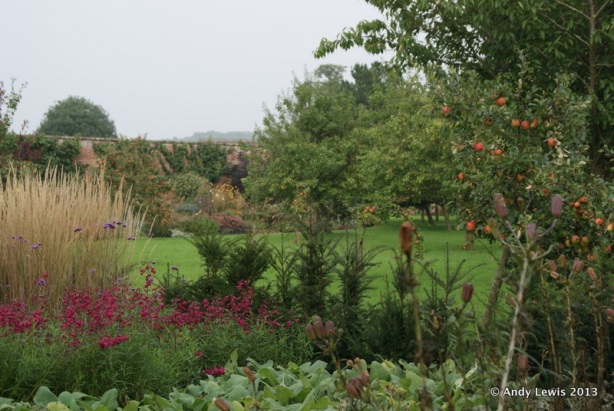
Looking across the Cherry walk borders, beyond the orchard to the long Apricot walk borders.
Calamagrostis acutiflora ‘Karl Foerster’, Verbena bonariensis and Penstemon ‘Andenken an Friedrich Hahn’ (formerly known as ‘Garnet’)
Verbena bonariensis and Spartina pectinata ‘Aureomarginata’
Cherry walk borders featuring Rudbeckia fulgida var. ‘Goldsturm’ and Kniphofia ‘Tetbury Torch’ and Stipa gigantea
Apricot walk borders
Present ideas? This would make a great Birthday or Christmas gift and is available in the Uppark House and Garden shop. The Wimpole borders are featured on pages 168 & 169.






































































